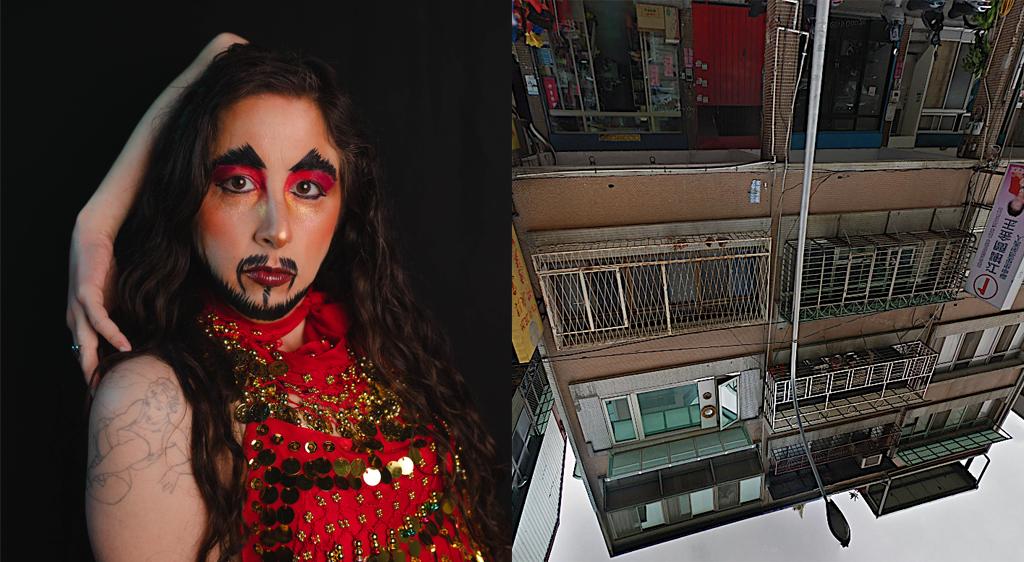recently, preparing the ginzburg geography, i have been deep in italian partisan music. i learned a lot of these songs, probably too many… i am all set to do a program for very old men in bologna. anyway, after thinking about this a lot, i concluded that you can divide the songs in a variety of ways. unsurprisingly, there’s not songs about people who do the grunt work of starting political parties and then get tortured to death for putting out the anti-fascist newspaper. so it’s good we are doing the ginzburg geography cuz that is definitely a missing piece. below, a taxonomy of partisan songs.
you can organize partisan songs…
by feeling: martial, plucky, romantic, mournful
by action to be inspired: marching, fighting, waiting, sexing
by meter and tempo: 3/4 waltz, 4/4 quicktime, 4/4 ballad
by style of speech: poetic, dogmatic, specific, internationalist, violent
by cited geography: home village of fighter, location of previous sorties fought in, location of current front
by topography: descriptions of the landscapes that appear under geography, like mountains, farm fields, plains, valleys
by chronology: before the war, earlier in the war, right now in the war, after the war
by tune origin: new, from previous nationalist, anti-imperial or leftist movements, from a folk source, from a religious source, from a foreign source
by political identification: red, black ( or if you were in the spanish civil war, both) there’s probably some royalist ones out there also…i don’t know those.
by friendlies mentioned: a partisan, someone who wants to marry a partisan, mother of a partisan, comrades
by enemies mentioned: fascists generally, germans specifically, royalists, priests, reactionaries
something interesting: the two most famous italian partisan songs are “fischia il vento” and “bella ciao”. the tune for “fischia il vento” is from the russian wartime love song “katyusha,” and the words are filled with red flags and red springs. the tune for bella ciao is probably originally from the rice-pickers in the north…but has also been
connected to mischa tziganoff, an early klezmer bandleader. so these songs that are very important for post ww2 italian identity are not isolated forms…they are italian but also other. as part of thinking about this internationalist context, it’s important to remember how spain becomes a crucible of antifascist song for all of europe. example–the garibaldi brigade (AKA the 12th international) had soldiers from italy, germany, austria, poland, france, belgium and spain, all fighting under the command of a hungarian, for a free spain. so many of those guys died…i get very sad thinking about it. but their music made their way around europe and became part of anti-fascist song all over. the spanish civil war songs are the best ones, partially because they come out of such a beautiful cross-pollinatory space.
i am not going to get into this right now, but here are some other things i’ve been thinking about:
gender and sexuality in partisan songs
relationship of partisan songs (by fighters in non-governmental groups usually opposing the state) to military songs (by organized, govt-sponsored units with formal hierarchies)
relationship of partisan songs to concentration camp songs (including in italy–yes, there were concentration camps in italy)
relationship of songs of adjacent partisans (italian partisans to yugoslav partisans, who fought together on italy’s northeastern front)
how anti-fascist music is used after WWII to re-form a post-fascist nation (the italian context is actually similar to the east german one in many ways).
here are three partisan songs that are part of “the ginzburg geography”
here are three songs from earlier labor movements that are part of “the ginzburg geography”



